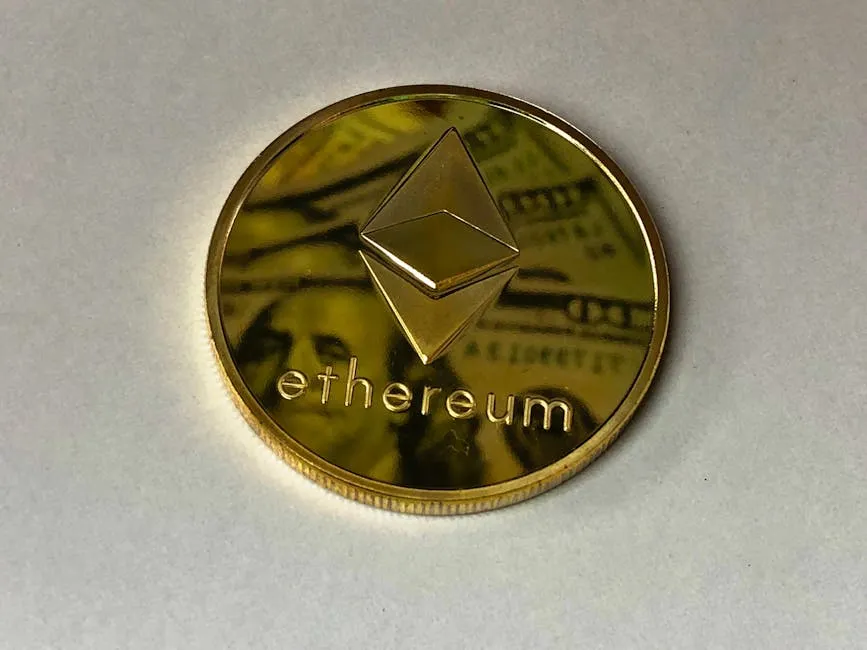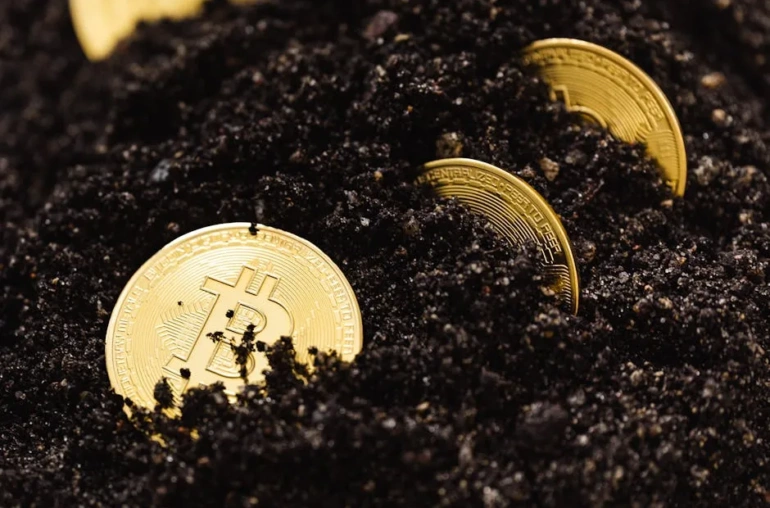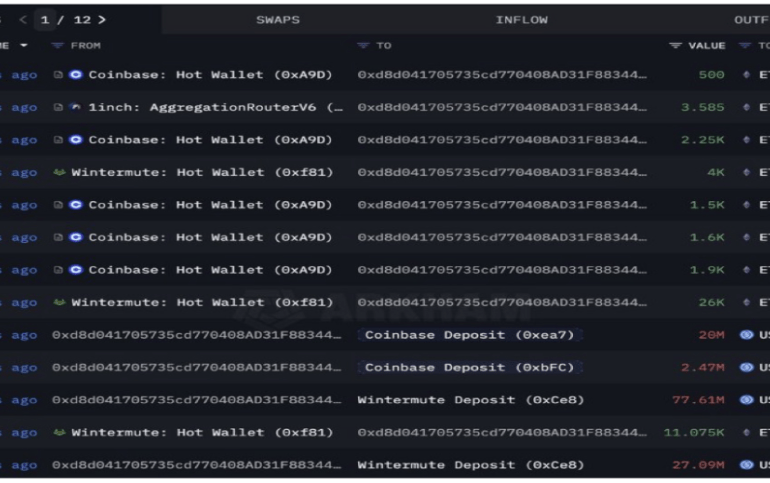
Brevis Achieves 99.6% Real-Time Validation of Ethereum Blocks
In a significant advancement for Ethereum’s scalability, Brevis has successfully demonstrated an impressive 99.6% real-time proving of Ethereum blocks using consumer-grade GPUs. This breakthrough not only signifies a step toward faster transaction processing but also opens the door for mobile-based validation of blockchain transactions.
The Importance of Real-Time Proving
As the Ethereum network continues to grow, the demand for efficient transaction validation becomes increasingly critical. Traditional validation methods can be slow, often leading to bottlenecks that hinder the network’s overall performance. Brevis’s achievement marks a pivotal moment in addressing these issues, allowing for real-time validation that could significantly enhance the user experience.
How It Works
Brevis leverages advanced computational techniques to harness the power of consumer GPUs, which are widely available and affordable. This approach enables users to participate in the validation process without the need for expensive, specialized hardware. By making it accessible to a broader audience, Brevis not only democratizes the validation process but also enhances the security and efficiency of the Ethereum network.
The Potential for Mobile Validation
One of the most exciting implications of this development is the potential for mobile-based validation. As smartphones become increasingly powerful, the idea of validating transactions on a mobile device is no longer far-fetched. This could revolutionize how users interact with the Ethereum blockchain, allowing for seamless transactions and instant confirmations directly from their phones.
Scaling to 10,000 Transactions Per Second
With Brevis achieving such high levels of real-time proving, the next goal is to scale the Ethereum network to handle 10,000 transactions per second (TPS). This ambitious target, if achieved, would place Ethereum on par with some of the most efficient payment processing systems in the world. The ability to process transactions at this speed would not only enhance user experience but also make Ethereum a more viable option for daily transactions and decentralized applications.
Conclusion
Brevis’s breakthrough in real-time proving of Ethereum blocks represents a significant milestone in the ongoing quest for blockchain scalability. By utilizing consumer GPUs and paving the way for mobile validation, this development has the potential to transform how we view and use blockchain technology. As the Ethereum network continues to evolve, innovations like these will play a crucial role in shaping its future and ensuring it can meet the demands of an increasingly digital world.



